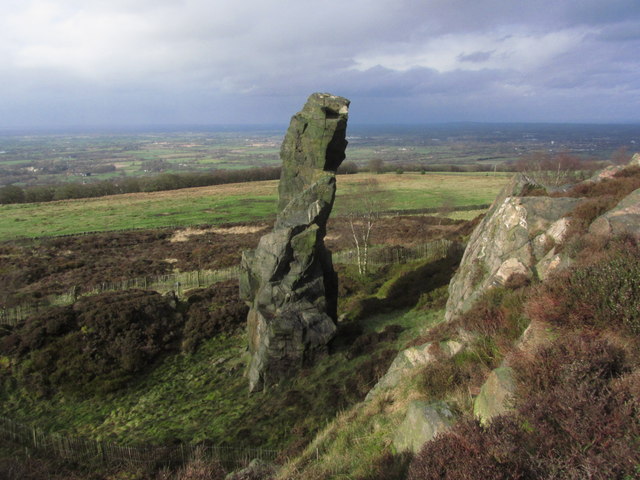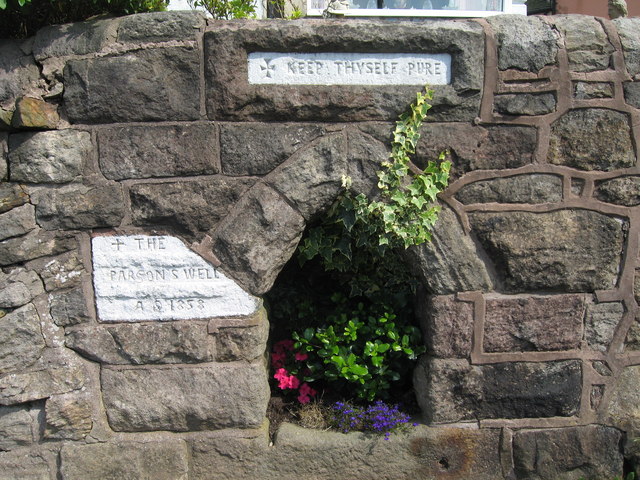
In 1914 the Potteries Electric Traction Company started running bus services from Biddulph and Mow Cop to Tunstall using forty-horsepower Daimler Buses.
During the First World War (1914-1918) the government requisitioned the company’s buses, and the services were suspended. The buses were sent to France, where they were used to take troops to the front line. When the war ended, the buses were returned to the company and the services resumed.
Former soldiers and sailors formed small transport companies that ran bus services bringing customers to Tunstall’s shops and markets from industrial towns and villages on the northern part of the North Staffordshire Coal Field.
The bus services to Tunstall operated by these companies competed with those run by the Potteries Motor Traction Company.
Rowbothams, a transport company whose garage was in Sands Road, Harriseahead, ran a bus service from The Bank, a hamlet in South Cheshire, to Tunstall. Its buses stopped to pick up passengers in Mount Pleasant, Dales Green, The Rookery, Whitehill, Newchapel, Packmoor, Chell and Pitts Hill.
The Potteries Electric Traction Company also operated a service between The Bank and Tunstall although its buses followed a different route.
Buses owned by both companies ran via Mount Pleasant, Dales Green and The Rookery to Whitehill, where their routes diverged at the top of Galley’s Bank. Rowbothans’ buses turned left into Whitehall Road which took them to Newchapel. Buses owned by the Potteries Motor Traction Company turned right into Whitehall Road and went to Tunstall via Kidsgrove, Goldenhill and Sandyford.
Staniers who had a garage in Newchapel was another company whose buses competed with Rowbothams. It ran a service from Mow Cop to Tunstall via Harriseahead, Newchapel, Packmoor, Chell and Pitts Hill.



